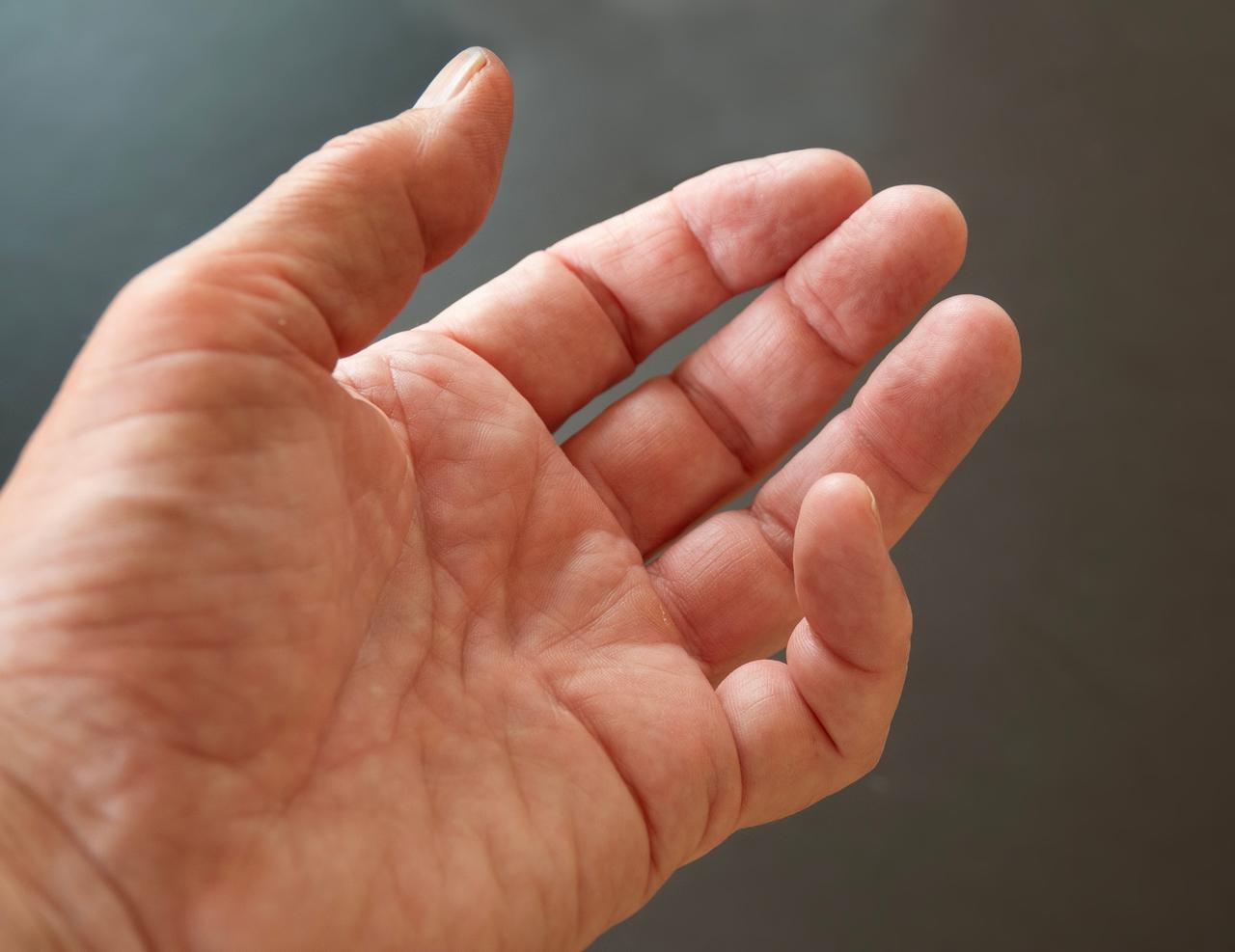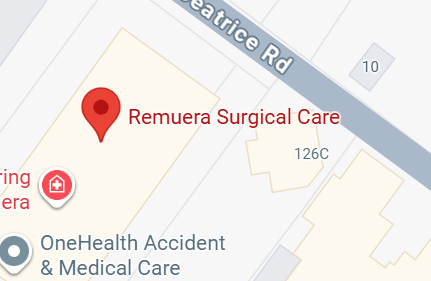Bent Fingers? It Could Be Dupuytren’s Contracture
Dupuytren’s Contracture causes painless finger curling. Early diagnosis at CEPS means better outcomes and simple, effective treatment options.
Have you ever noticed your fingers gradually curling in towards your palm and not being able to straighten them fully? Maybe it started with a firm little bump in the palm, or you found it harder to place your hand flat on a table. If this sounds familiar, you might be dealing with a condition called Dupuytren’s Contracture.
At CEPS, we see this surprisingly often. It’s a condition that tends to creep up slowly, and because it usually isn’t painful, many people ignore it for years. But early recognition and treatment can make a big difference.
What exactly is it?
Dupuytren’s Contracture is a condition that affects the layer of tissue under the skin of your palm. Over time, this tissue can thicken and form cords that gradually pull your fingers into a bent position. The ring and little fingers are usually the first affected.
People often come in telling us, “It’s been like this for a while, but it didn’t hurt, so I didn’t think much of it.” That’s totally understandable. But just because it’s painless doesn’t mean it’s harmless.
How do I know if I have it?
One of the earliest signs is a firm nodule or lump in the palm. As the condition progresses, the skin might look puckered, and it may become hard to lay your hand flat. That flat-hand test is a simple one you can try at home: place your palm on a flat surface. If parts of it don’t touch the surface, it’s worth getting checked.
Dupuytren’s is most common in men over 50, especially those of Northern European descent, but it can affect anyone. There’s often a family history. It’s not caused by repetitive use or injury – it just shows up in some people and not others.
What can be done about it?
Early on, we might just monitor it. Not every case needs immediate treatment. But if the finger is starting to bend noticeably, or if it’s affecting how you use your hand, it’s time to consider options.
Some patients ask about injections. In selected cases, collagenase injections can help dissolve the cords, but surgery tends to give more consistent, long-term results.
What’s surgery like?
Surgery involves removing or releasing the tight cords. It’s usually done as a day procedure, often under local anaesthetic, and you can go home the same day. The recovery isn’t usually painful, but it does involve some hand therapy to restore full movement and strength.
Most people are pleasantly surprised by how straightforward the process is. They often say, “I wish I’d done this sooner.”
Why is early referral important?
If we catch Dupuytren’s early, surgery is simpler, and outcomes are generally better. Once fingers are very curled, it becomes harder to fully straighten them again, even after surgery. So if you see any changes, don’t put it off.
Let’s wrap it up
Dupuytren’s Contracture isn’t a household name, but it’s more common than you might think. The good news? It’s very treatable – especially if you act early.
So, if you’ve noticed a lump in your palm or your fingers aren’t straightening like they used to, come and see us at CEPS. It might be nothing. But if it is Dupuytren’s, we’re here to help you get your hand back to doing what it does best. Book a consultation today.






